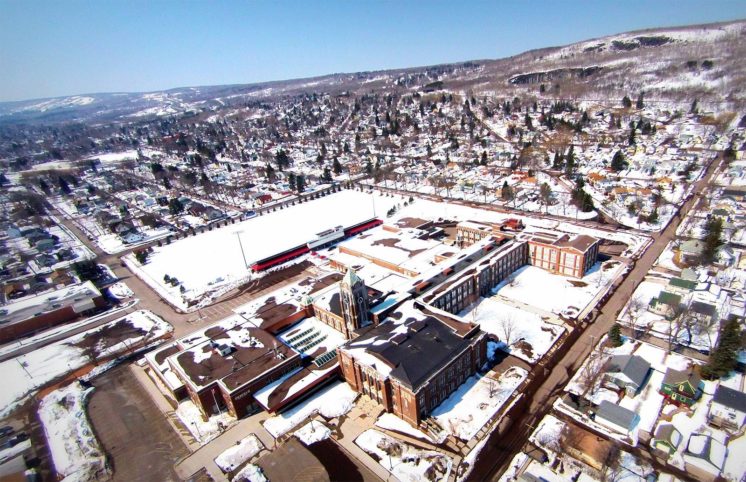Duluth Denfeld Sing-along Drone Video
Footage by Liftoff Aerials.
The Halls of Denfeld (alma mater)
Oh, we love the halls of Denfeld
That surround us here today.
And we will not forget,
Though we be near or far away.
To the hallowed halls of Denfeld
Every voice will bid farewell,
And shimmer off in twilight,
Like the old tower bell.
One day a hush will fall,
The footsteps of us all,
Will echo down the hall and disappear.
But as we sadly start,
Our journeys far apart,
A part of every heart will linger here.
In the sacred halls of Denfeld,
Where we lived and learned to know
That through the years we’ll see you
In the sweet afterglow.
Recommended Links:
Leave a Comment
Only registered members can post a comment , Login / Register Here















4 Comments
banjo tom
about 11 years agoPaul Lundgren
about 11 years agoCharly Skalbeck
about 11 years agoPaul Lundgren
about 11 years ago